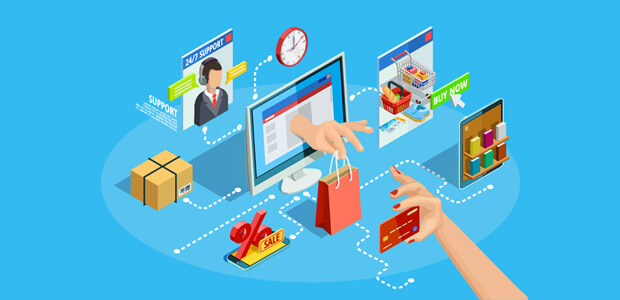Selling your products and services online is a tedious art form. It obviously isn’t just as simple as listing your item for sale; there are hundreds of factors that determine if your customer is going to buy a product off of you or not. Fortunately for you, the ball is in your court for many of these factors, meaning you can optimize your website/sales platform to set yourself up for success.
1. Ensure your website theme is mobile-friendly
Although this likely goes without saying, you must make sure your website theme integrates well with mobile devices. If you’re hosting your website through a popular 3rd party such as Shopify, WordPress or Wix, chances are your website is using a pre-established theme template. These themes don’t always translate perfectly from PC/laptop to mobile device, and you may notice some key discrepancies that seriously hinder the guest experience.
65%+ of your website traffic is likely coming from mobile; do yourself a favour and have a quick check to make sure everything looks the way you intend it to on your handheld device.

2. Overall Functionality + Image Selection
When a customer is visiting your website (especially for the 1st time) legitimacy/credibility is everything. You need to make sure your customers trust you enough to even consider spending money with you. Therefore it is imperative that your entire website is designed well and functioning properly to your desire. Every button, every link must work correctly as it only take one of these trivial errors to dissuade a customer from buying.
More to this point, your images and copy on your website say A LOT about you and your business. Pictures tell 1000 words; make sure your photos are clear, sharp and appropriate. If someone was to take away one most-important point from this blog, it would probably be this one. If your pictures are blurry on your website, you’ve likely already lost them. This is even more important for Instagram as well.
3. Optimize Your Checkout
As previously mentioned, your online sales funnel is extremely fragile and you can lose a customer at any step of the way. For that reason, it is essential that you clean up the “ending” and make your checkout process as seamless as possible. If you’ve already done the heavy lifting in getting a customer to actually want your product, you’d hate to lose them due to an external factor such as a confusing checkout process.
Your focus at checkout should be reducing friction. Manufacturing an experience that is as seamless yet effective as possible. A proven strategy to apply in this scenario is actually enlarging your call to action button – in this case your “pay” button. Make sure the button is large, a vibrant colour and easy to access so people find it without fault.



